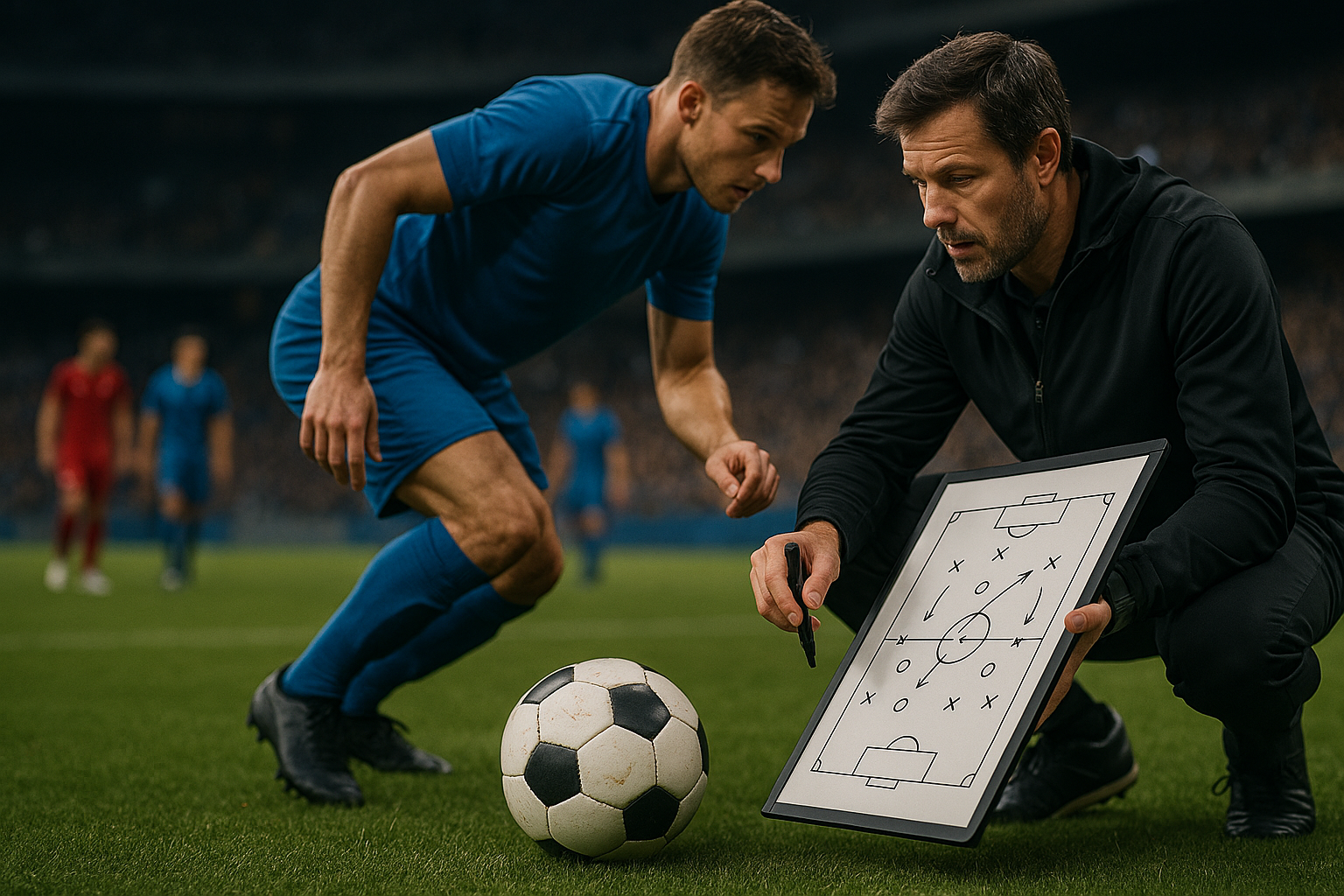Soccer Camps: What to Expect and How to Improve Skills
A soccer camp offers concentrated time for players to practice, learn, and play under guided instruction. Camps range from day programs to residential sessions and are designed for varied ages and ability levels. This article explains typical camp formats, how training is structured, and practical ways a player can develop technical and tactical skills.

What happens at a soccer camp
A typical soccer camp day combines warm-ups, technical drills, small-sided games, and conditioned scrimmages. Coaches rotate players through stations that focus on passing, dribbling, finishing, and defensive positioning. Sessions often include video review, classroom talks on tactics, and fitness segments tailored to age and level. For younger players emphasis is on fun and repetition; older or more advanced players see more tactical complexity and situational decision-making practice.
How is camp training organized?
Camp training is usually organized into progressive modules: technical work, tactical patterns, physical conditioning, and game application. Coaches set clear objectives for each module—such as improving first touch or defensive shape—and build drills that increase in difficulty. Good camps balance repetition with variety to maintain engagement and use small-group coaching to give specific feedback. Scheduling frequently alternates high-intensity and low-intensity activities to manage load and avoid burnout.
Which training drills build useful skills?
Effective drills replicate game demands while isolating a targeted skill. For ball control, repetitive first-touch and passing drills at varying speeds help a player process pressure. For dribbling, cone-based progressions then defenders force changes of direction and pace. Shooting drills that start static then evolve into runs and crosses improve finishing under pressure. Defensive drills should emphasize positioning, angles, and recovery runs. Well-designed progressions ensure transfer from drill to match situations.
How camps support player development
Camps offer a structured environment for measurable progress over days or weeks. Coaches can observe players in different contexts—technical drills, small-sided games, and full-field scrimmages—and provide tailored feedback. This concentrated exposure helps identify strengths and areas for improvement, such as decision-making or physical conditioning. When researching local services, look for camps that provide a coach-to-player ratio, clear session plans, and avenues for follow-up training to support longer-term development.
How a player can improve specific soccer skills
A player should combine focused camp work with deliberate off-camp practice. Break skills into manageable elements: technical repetition for touch, video review for tactical understanding, and fitness work for speed and endurance. Set short-term goals (for example, improving weak-foot passes in two weeks) and use measurable drills to track progress. Mental skills—like concentration and situational awareness—benefit from guided reflection after sessions. Regular feedback from coaches and consistent, varied practice accelerate skill acquisition.
The developmental impact of a soccer camp depends on the quality of instruction, the suitability of the program for the player’s age and level, and what the player does after the camp ends. Camps concentrate learning and provide valuable coaching time, but lasting improvement comes from continuous practice, targeted training, and application in match play. Parents and players should assess camp curricula, coach qualifications, and logistical fit with other commitments. By combining focused camp training with ongoing practice and attention to physical and tactical aspects of the game, a player can make measurable gains in technical skill, decision-making, and overall performance.






